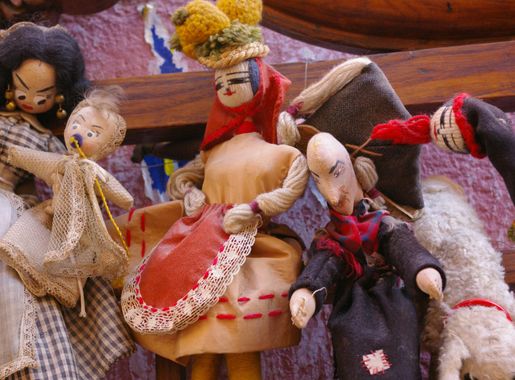
Rajkot: The Cultural Jewel of Gujarat
Discover Rajkot, the cultural heart of Gujarat, where history, tradition, and modernity come together to offer an unforgettable Indian experience.
Rajkot, located in the heart of Gujarat, is a vibrant city that beautifully blends tradition with modernity. Known for its rich history, Rajkot offers a glimpse into India's past with its stunning architecture, museums, and cultural sites. The city is home to the Watson Museum, which showcases artifacts from Rajkot's storied history and the time of British colonial rule. If you’re a history enthusiast, this museum is a must-visit. Rajkot is also famous for its handicrafts, silverware, and Bandhani sarees. The bustling local markets are perfect for shopping enthusiasts looking to take home unique souvenirs. The famous Kaba Gandhi No Delo, the childhood residence of Mahatma Gandhi, allows visitors to walk through the life of the Father of the Nation. The city’s numerous temples, such as the Swaminarayan Temple, offer a peaceful retreat and a chance to witness the city’s spiritual side. Food lovers will find Rajkot a paradise with its variety of local Gujarati delicacies. From the sweet and savory flavors of Dhokla to the rich and creamy taste of Fafda-Jalebi, the city’s vibrant food scene is sure to tantalize your taste buds. Don't miss the chance to indulge in Rajkot's street food, which is famous for its unique flavors and affordability. Rajkot's numerous gardens and parks, like the Jubilee Garden, offer a serene escape from the city's hustle and bustle. The city also boasts a lively cultural scene with regular folk music and dance performances. Whether you’re exploring its historical sites, shopping for local crafts, or tasting its culinary delights, Rajkot promises an enriching and unforgettable experience.
Local tips in Rajkot
- Visit the local markets early in the morning to avoid crowds and get the best deals on handicrafts.
- Try the local street food in the evening at places like Dr. Yagnik Road and Bangdi Bazaar.
- Wear comfortable walking shoes as many attractions are best explored on foot.
- Respect local customs and dress modestly, especially when visiting temples and religious sites.
- Plan your visit during the winter months (October to March) for the most pleasant weather.
Rajkot: The Cultural Jewel of Gujarat
Rajkot, located in the heart of Gujarat, is a vibrant city that beautifully blends tradition with modernity. Known for its rich history, Rajkot offers a glimpse into India's past with its stunning architecture, museums, and cultural sites. The city is home to the Watson Museum, which showcases artifacts from Rajkot's storied history and the time of British colonial rule. If you’re a history enthusiast, this museum is a must-visit. Rajkot is also famous for its handicrafts, silverware, and Bandhani sarees. The bustling local markets are perfect for shopping enthusiasts looking to take home unique souvenirs. The famous Kaba Gandhi No Delo, the childhood residence of Mahatma Gandhi, allows visitors to walk through the life of the Father of the Nation. The city’s numerous temples, such as the Swaminarayan Temple, offer a peaceful retreat and a chance to witness the city’s spiritual side. Food lovers will find Rajkot a paradise with its variety of local Gujarati delicacies. From the sweet and savory flavors of Dhokla to the rich and creamy taste of Fafda-Jalebi, the city’s vibrant food scene is sure to tantalize your taste buds. Don't miss the chance to indulge in Rajkot's street food, which is famous for its unique flavors and affordability. Rajkot's numerous gardens and parks, like the Jubilee Garden, offer a serene escape from the city's hustle and bustle. The city also boasts a lively cultural scene with regular folk music and dance performances. Whether you’re exploring its historical sites, shopping for local crafts, or tasting its culinary delights, Rajkot promises an enriching and unforgettable experience.
When is the best time to go to Rajkot?
Iconic landmarks you can’t miss
The Imperial Palace
Experience the epitome of luxury and comfort at The Imperial Palace, Rajkot's premier hotel, where every stay is a memorable adventure.
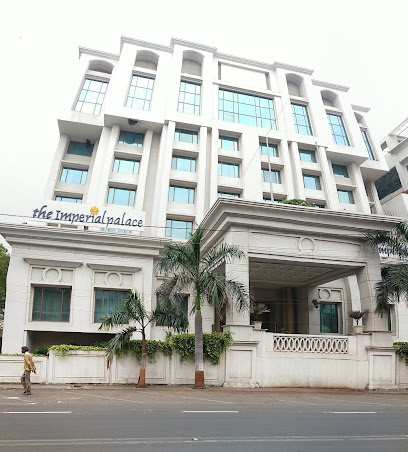
Race Course, Rajkot
Experience the excitement and charm of Race Course, Rajkot - a perfect blend of leisure, culture, and delicious local cuisine.
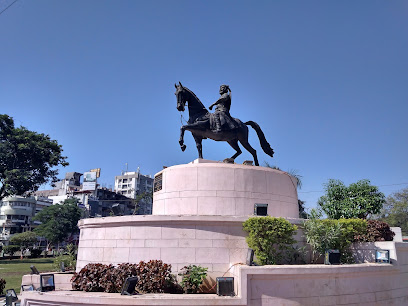
Pradhyuman Zoological Park, Rajkot
Explore the wonders of wildlife at Pradhyuman Zoological Park in Rajkot, a large, lush haven for animal lovers and families.
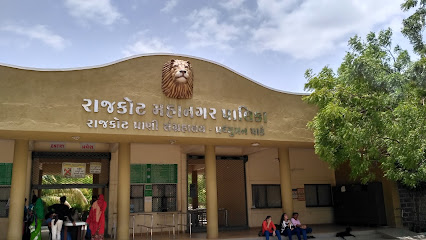
Fun World
Discover endless fun and excitement at Fun World, Rajkot's premier amusement park, offering thrilling rides and family entertainment.
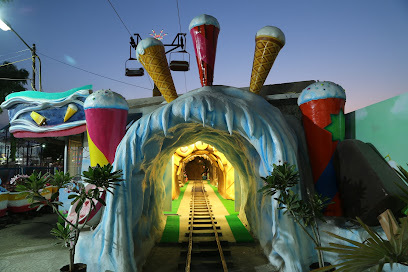
BAPS Shri Swaminarayan Mandir, Rajkot
Discover the architectural splendor and spiritual serenity of BAPS Shri Swaminarayan Mandir in Rajkot, a must-visit Hindu temple.
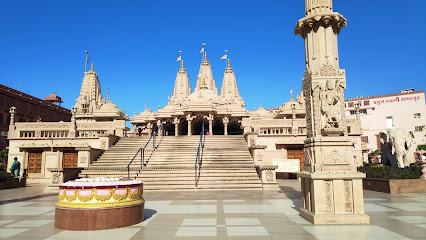
Race Course Garden
Discover the lush landscapes and vibrant atmosphere of Race Course Garden, the perfect escape for relaxation and recreation in Rajkot.
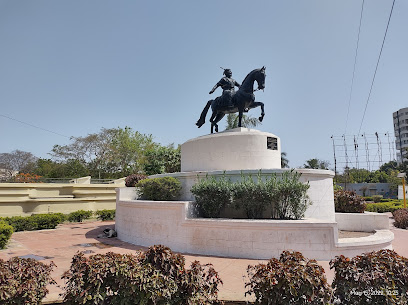
Mahatma Gandhi Museum
Discover the profound legacy of Mahatma Gandhi at the museum dedicated to his life and ideals in Rajkot, Gujarat, India.
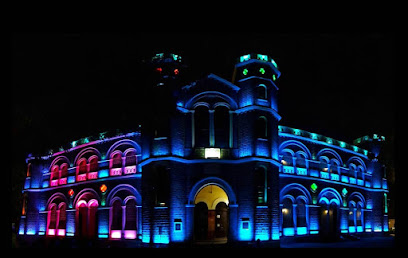
Jubilee Garden
Explore the lush landscapes and tranquil atmosphere of Jubilee Garden, a must-visit urban oasis in the heart of Rajkot, Gujarat.
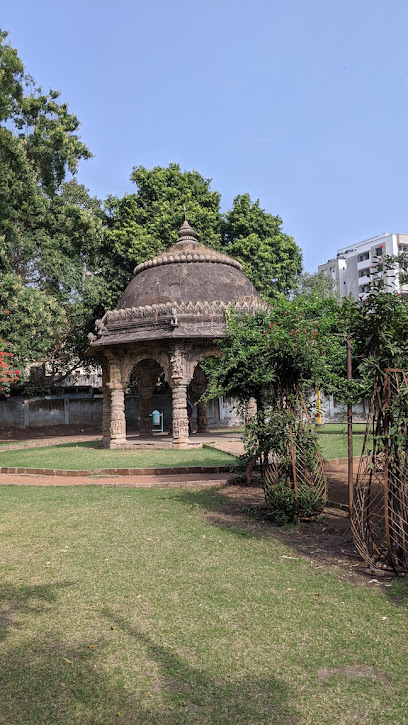
Ishwariya Park
Discover the tranquil beauty of Ishwariya Park in Rajkot, a perfect retreat for families and nature lovers amidst lush greenery and vibrant landscapes.
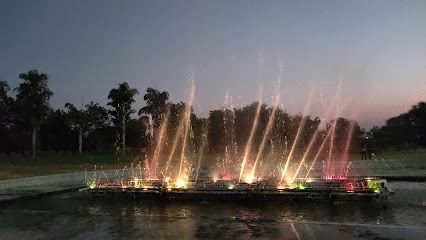
Nehru Udhyan, Rajkot
Discover the tranquil beauty of Nehru Udhyan in Rajkot, a lush park perfect for relaxation, leisure, and family fun amidst vibrant nature.
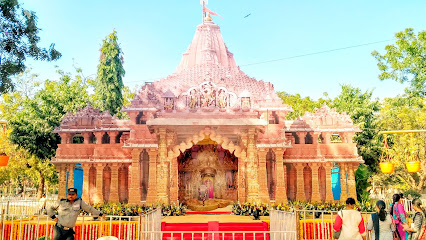
Rotary International Dolls Museum
Discover a world of creativity and culture at the Rotary International Dolls Museum in Rajkot, showcasing over 1,500 unique dolls from around the globe.
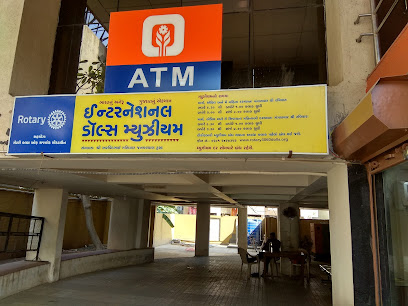
Shree Panchnatha Mahadeva Mandir
Explore the spiritual heart of Rajkot at Shree Panchnatha Mahadeva Mandir, a stunning Hindu temple with rich cultural significance and serene ambiance.
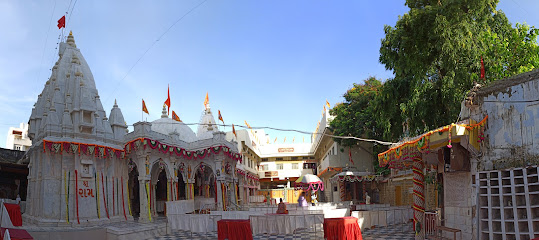
Watson Museum
Explore the rich cultural heritage and historical treasures at Watson Museum in Rajkot, a must-visit attraction for tourists in Gujarat.
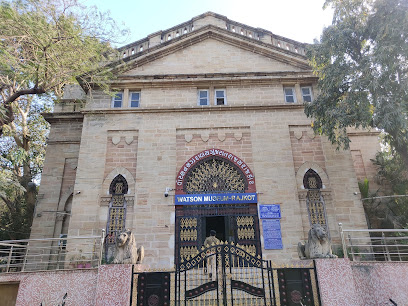
Green Leaf Water World
Experience the ultimate family fun at Green Leaf Water World, Rajkot's premier water park with thrilling rides and refreshing pools.
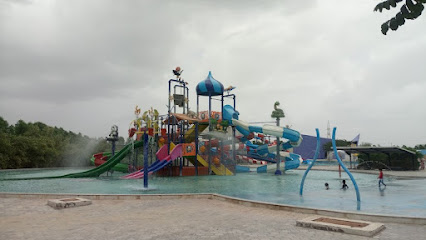
Shree Swaminarayan Maha Mandir
Explore the architectural beauty and spiritual ambiance of Shree Swaminarayan Maha Mandir, a must-visit Hindu temple in Rajkot, Gujarat.
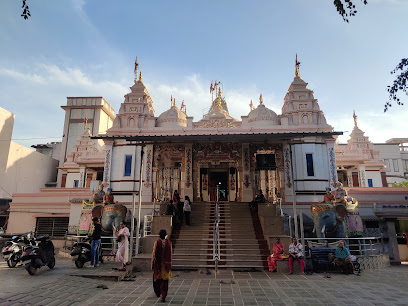
Unmissable attractions to see
Pradhyuman Zoological Park, Rajkot
Explore the exotic wildlife and serene landscapes at Pradhyuman Zoological Park, a top attraction in Rajkot for family fun and nature lovers.
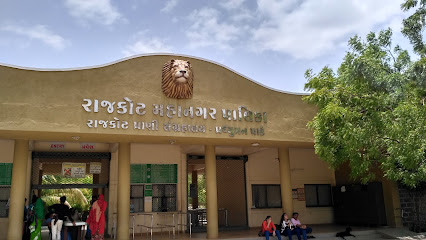
Fun World
Experience thrill and excitement at Fun World, Rajkot's leading amusement park, featuring rides, shows, and family-friendly fun for all ages.
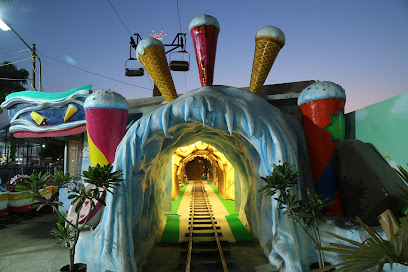
Race Course Garden
Discover the serene beauty of Race Course Garden in Rajkot, a perfect blend of nature, art, and tranquility in Gujarat.

Mahatma Gandhi Museum
Discover the legacy of Mahatma Gandhi at the Mahatma Gandhi Museum in Rajkot, where history meets inspiration.
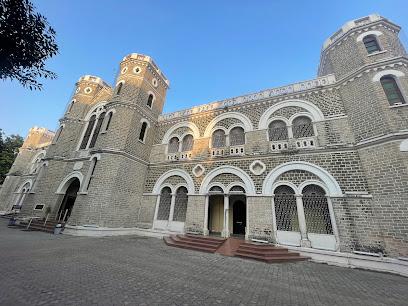
Jubilee Garden
Explore the serene beauty of Jubilee Garden in Rajkot, a lush oasis perfect for relaxation, family fun, and cultural immersion.
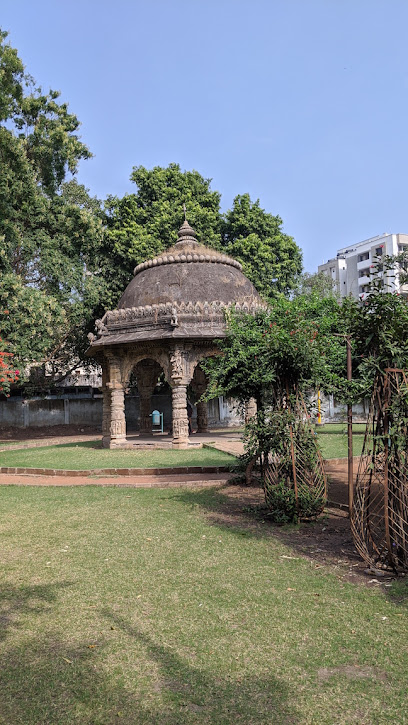
Ishwariya Park
Explore Ishwariya Park in Rajkot, Gujarat - a serene escape with lush greenery, captivating fountain shows, and a perfect ambiance for relaxation.
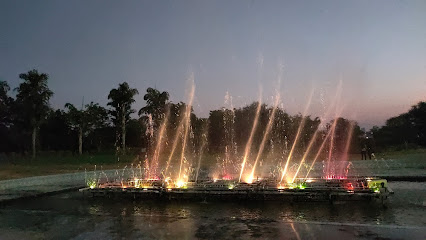
Nehru Udhyan, Rajkot
Discover tranquility and natural beauty at Nehru Udhyan, the serene park that enhances Rajkot's charm with its lush greenery and peaceful ambiance.
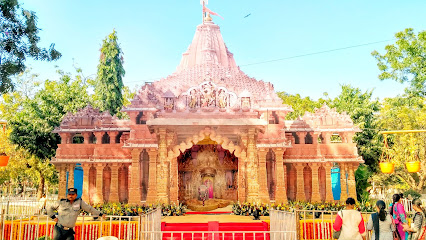
Rotary International Dolls Museum
Discover the captivating world of dolls at the Rotary International Dolls Museum in Rajkot, a must-visit for culture lovers and families.
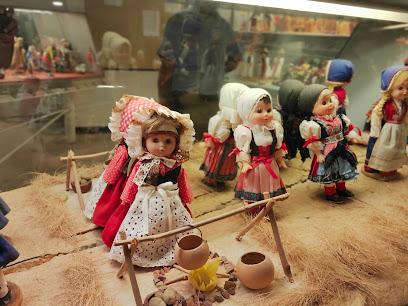
Aji Park
Discover the tranquility of Aji Park, a lush green escape in Rajkot, perfect for nature lovers and family outings.
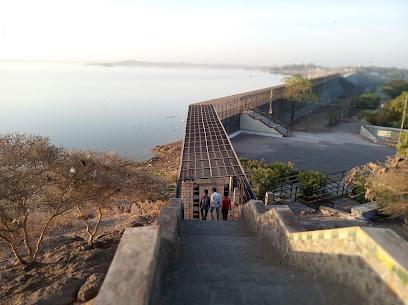
Watson Museum
Explore the heritage of Gujarat at Watson Museum, a historical treasure trove in Rajkot, showcasing artifacts, art, and culture in a stunning setting.
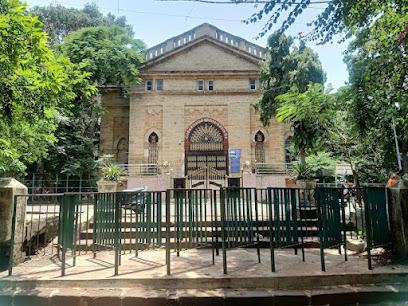
Aji Dam
Discover the serene beauty of Aji Dam in Gujarat, a perfect retreat for nature lovers and adventure seekers amidst picturesque landscapes.
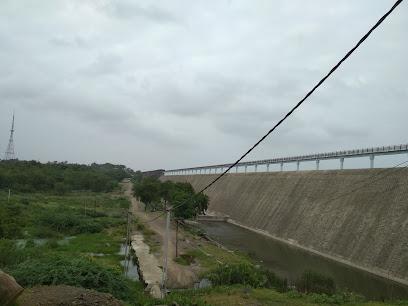
Green Leaf Water World
Experience the ultimate water adventure at Green Leaf Water World, Rajkot's top water park with thrilling rides and relaxing pools for all ages.
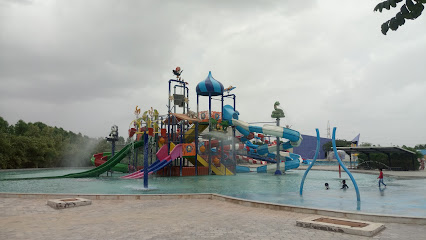
Ram Van, Rajkot
Explore the tranquil oasis of Ram Van in Rajkot, a serene park perfect for relaxation, nature walks, and family outings amidst lush greenery.
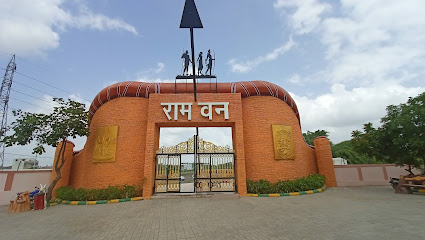
Naulakha Palace
Discover the rich heritage and royal history at Naulakha Palace, a stunning museum in Gondal, Gujarat, showcasing India's regal legacy.
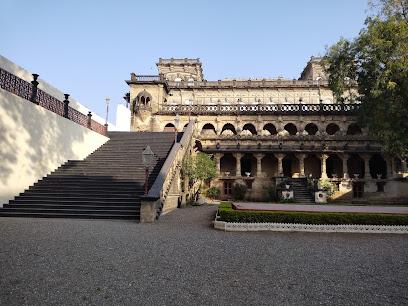
The Eldorado Park
Experience the thrill and excitement at The Eldorado Park, Gujarat's top amusement destination with rides, games, and more for all ages.
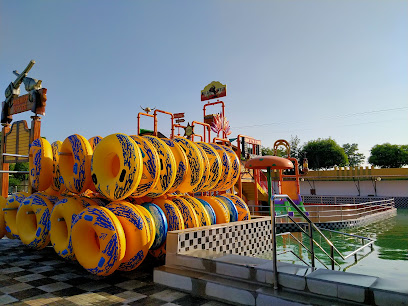
Essential places to dine
THE GREAT PUNJABI DHABA
Experience authentic Punjabi cuisine at The Great Punjabi Dhaba in Rajkot - where tradition meets taste in every dish.
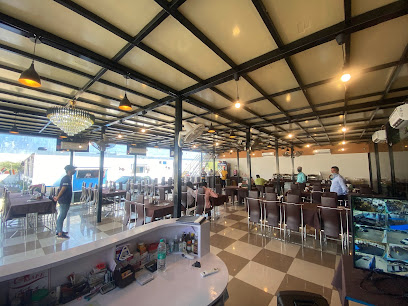
Big Bite
Experience the best of fast food at Big Bite in Rajkot - where delicious sandwiches meet flavorful pizzas!

Sargam Food
Discover the flavors of Gujarat at Sargam Food - a fast-food haven offering delicious breakfasts and snacks in Rajkot.
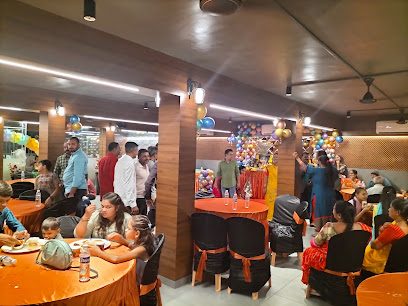
Downtown Restro Cafe
Discover the diverse flavors of India and beyond at Downtown Restro Cafe in Rajkot – where every meal is a delightful journey.
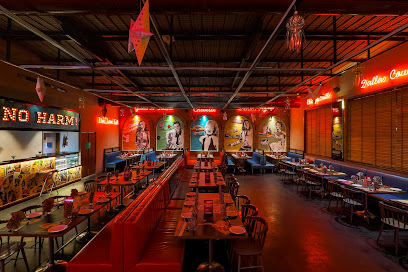
REAL URBAN DECK THE RESTRO CAFE
Discover the flavors of Rajkot at Real Urban Deck The Restro Cafe - where culinary creativity meets delightful ambiance.
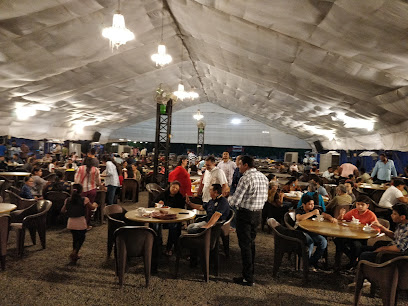
Bizz The Hotel
Experience culinary excellence at Bizz The Hotel in Rajkot – your go-to spot for continental cuisine and delightful bakery treats.
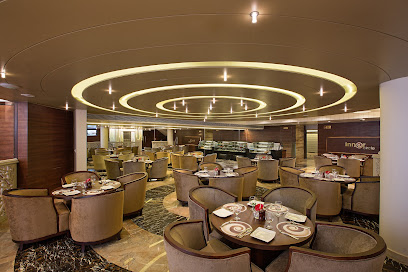
Jassi De Parathe
Savor the rich flavors of India at Jassi De Parathe – your go-to destination for authentic vegetarian Punjabi cuisine in Rajkot.
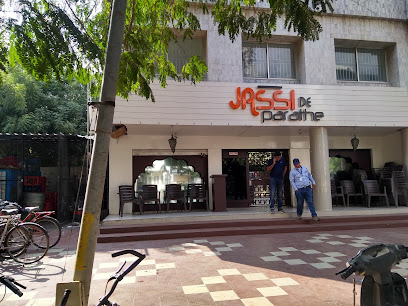
Temptation Restaurant
Experience culinary diversity at Temptation Restaurant in Rajkot - where Indian flavors meet international cuisine.
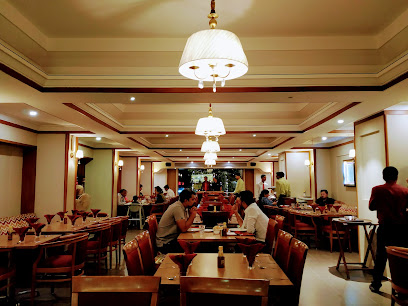
Saraza
Experience the best of Rajkot's dining at Saraza – where gourmet flavors meet casual elegance.

Matuki Restaurant
Experience authentic vegan cuisine at Matuki Restaurant in Rajkot - where flavors meet tradition in a cozy setting.
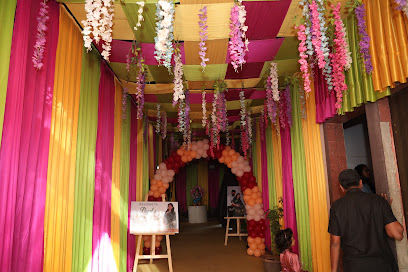
Hotel Bhabha & Bhabha Dining Hall
Discover the perfect blend of comfort and authentic cuisine at Hotel Bhabha & Bhabha Dining Hall in Rajkot.
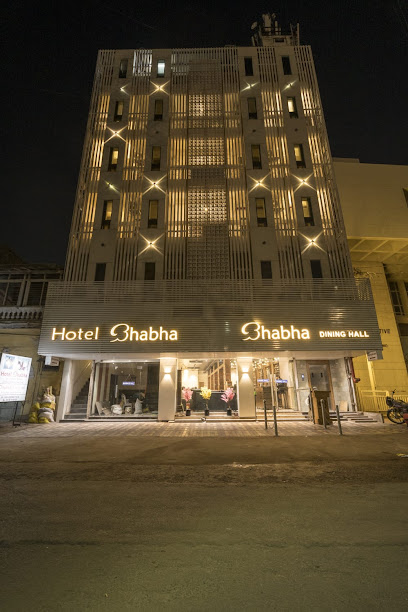
Apple Bite
Experience the vibrant fusion of Punjabi, Chinese, and Mexican cuisines at Apple Bite – Rajkot's top vegetarian culinary destination.

Angel Madras Cafe
Experience authentic South Indian cuisine at Angel Madras Cafe in Rajkot - where tradition meets flavor in every bite.
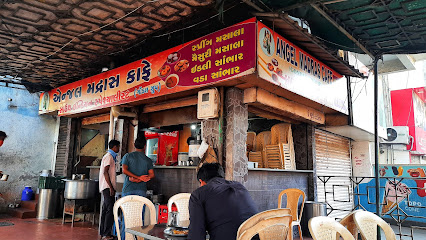
Sankalp Restaurant
Discover authentic South Indian flavors at Sankalp Restaurant in Rajkot - a culinary haven for food enthusiasts.

LORDS BANQUET RESTAURANT
Experience the rich flavors of Indian and Punjabi vegetarian cuisine at Lords Banquet Restaurant in Rajkot.
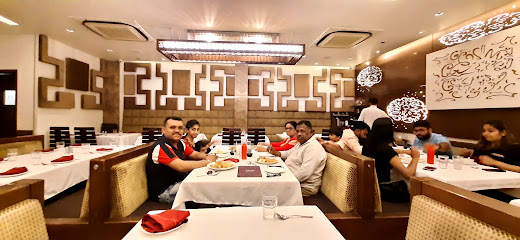
Markets, malls and hidden boutiques
Kothari Departmental Stores
Explore Kothari Departmental Stores in Rajkot for a diverse selection of home goods and electronics, providing quality and convenience in one place.
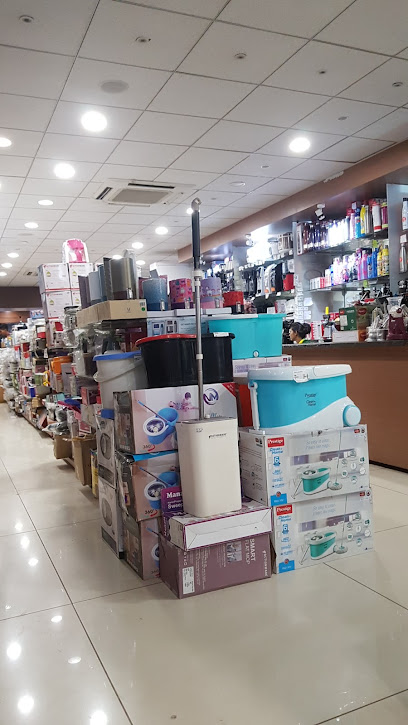
World's Gift Mall - Best Gift Mall in Rajkot
Explore the World's Gift Mall in Rajkot for unique gifts that showcase India's rich culture and craftsmanship.
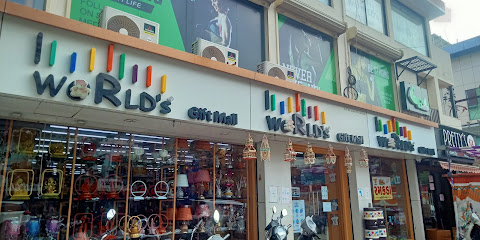
Right Marc - T-shirt Printing and Customized Gift Shop
Explore Right Marc in Rajkot for unique T-shirt printing and customized gifts, a perfect blend of creativity and quality souvenirs.
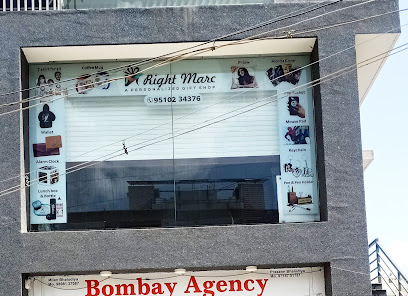
Firstcry.com Store Rajkot
Explore an extensive range of baby products at Firstcry.com Store in Rajkot, where quality meets affordability for every new parent.
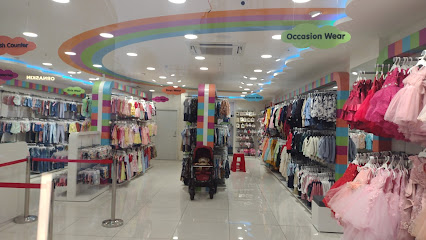
MOTHER THE GIFT BAZAR
Explore the vibrant Mother The Gift Bazar in Rajkot for unique gifts, exquisite perfumes, and stylish watches reflecting Gujarat's rich culture.

Panorama Gift & Art Gallery
Explore the vibrant Panorama Gift & Art Gallery in Rajkot for unique gifts, stunning antiques, and exquisite artworks that celebrate Indian craftsmanship.

STAR SHOPPING CENTRE
Experience the best shopping, dining, and entertainment at STAR SHOPPING CENTRE in Rajkot, a vibrant hub of local culture and modern retail.
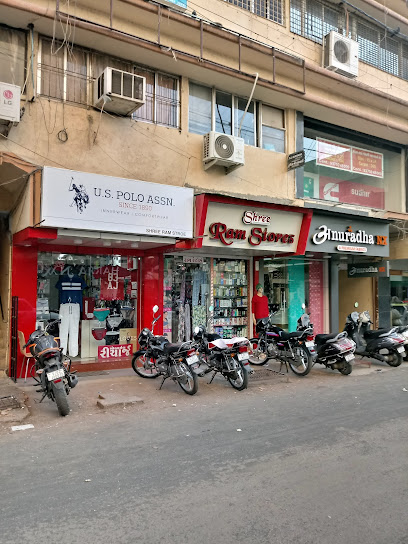
Kutch Handicraft rajkot - Women's Clothing Store, Kutchi Woollen shawl, Designer Kurti Store in Rajkot
Explore Kutch Handicraft in Rajkot for exquisite women's clothing, showcasing unique Kutchi woollen shawls and designer kurtis crafted with passion.
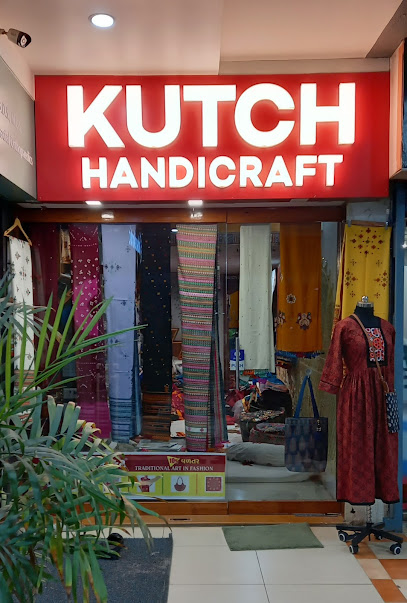
Choose 'n' Buy Boutique
Explore unique designer women's fashion at Choose 'n' Buy Boutique in Rajkot, a shopping haven for style enthusiasts.
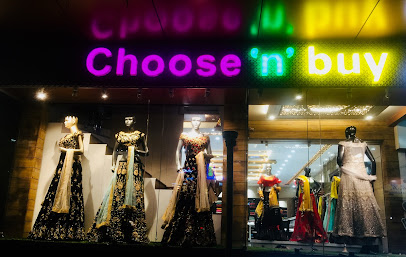
Fashion Factory
Discover the latest fashion trends at Fashion Factory in Rajkot, a one-stop shop for men's, women's, and sportswear clothing and accessories.
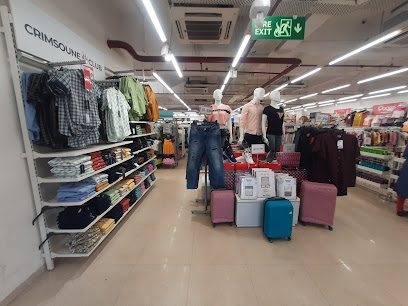
U S CATALOG
Explore U S CATALOG in Rajkot for a delightful array of cosmetics, handbags, and jewelry, perfect for any fashion enthusiast.
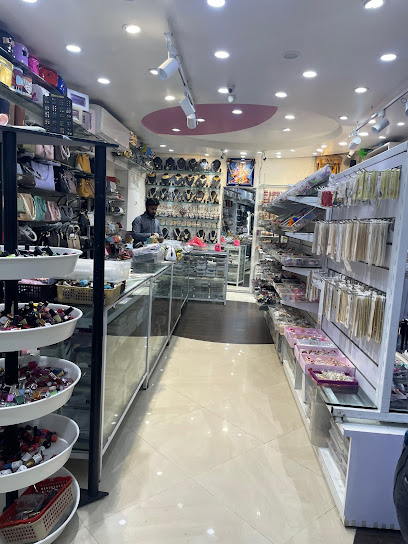
Signature - Plus Size Clothing & Accessories Shop
Explore stylish and trendy plus size clothing at Signature in Rajkot, a destination for fashion-forward shoppers seeking unique styles and comfort.
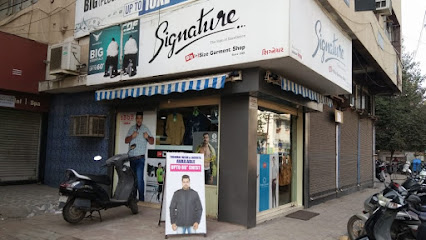
Sai Drashti Enterprise
Explore Sai Drashti Enterprise in Rajkot for unique gifts and handicrafts that embody the rich heritage of Gujarat.
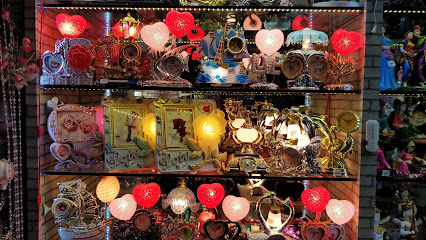
Sanskruti Handicraft
Explore the rich artistry of India at Sanskruti Handicraft in Rajkot, a haven for unique souvenirs and traditional crafts.
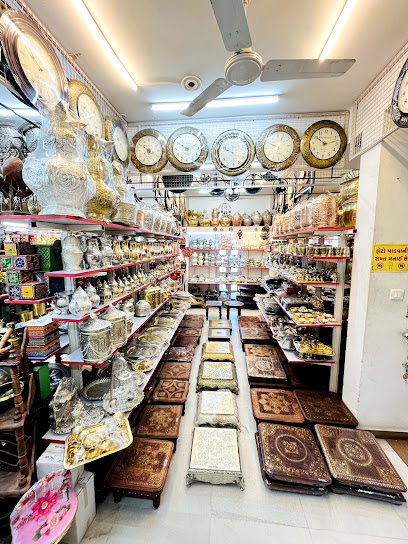
AND Reliance Mall Rajkot
Explore the latest trends in western apparel and designer clothing at AND Reliance Mall, Rajkot - a fashion hub for style enthusiasts.
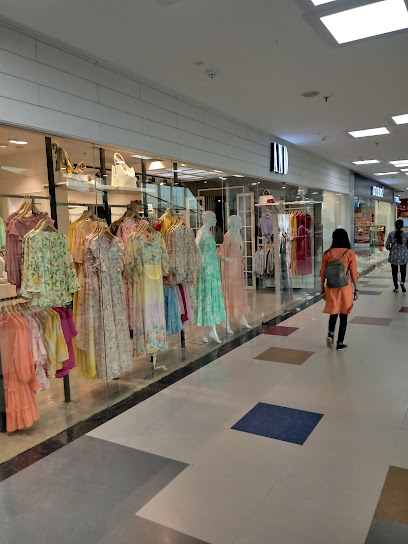
Essential bars & hidden hideouts
Hotel Bhabha & Bhabha Dining Hall
Experience the perfect blend of comfort and authentic Gujarati cuisine at Hotel Bhabha & Bhabha Dining Hall in the heart of Rajkot.
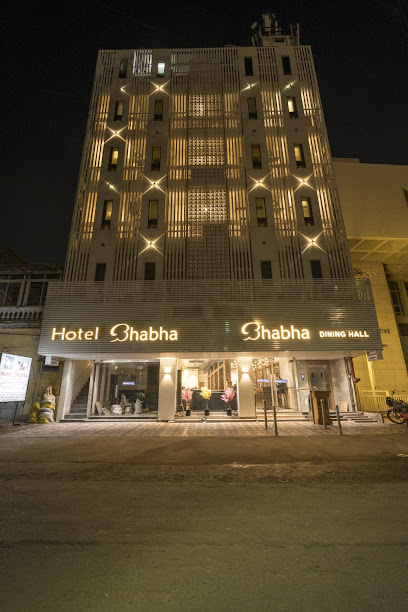
Size Zero Roof Top Lounge
Discover the perfect blend of fine dining, family-friendly atmosphere, and breathtaking rooftop views at Size Zero Roof Top Lounge in Rajkot.
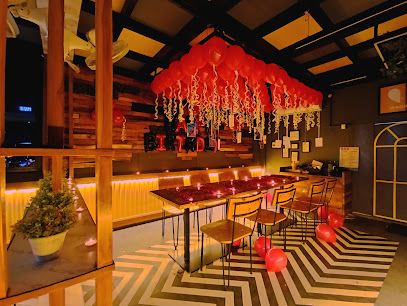
Shri Bhagavati Bright Bars Limited
Discover the vibrant social scene at Shri Bhagavati Bright Bars Limited, a unique blend of industry and leisure in Rajkot.

Twilight Moctail Bar
Discover the exquisite mocktails and vibrant atmosphere of Twilight Moctail Bar in Rajkot, a perfect getaway for both relaxation and socializing.
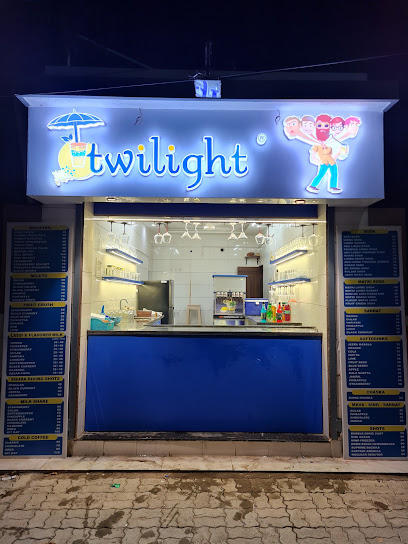
Hotel Snacks Bar
Discover the delightful flavors of Gujarat at Hotel Snacks Bar, a perfect spot for drinks and snacks in Vajdi's vibrant atmosphere.
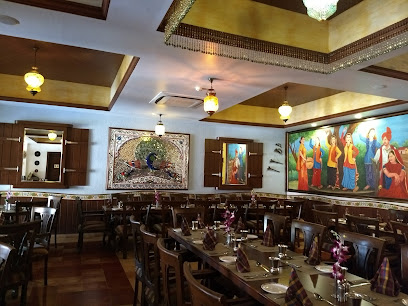
Twilight Mocktail Bar & Cold-Drink’s
Discover the vibrant flavors of Twilight Mocktail Bar & Cold-Drink’s, where refreshing beverages and lively ambiance await in Rajkot.
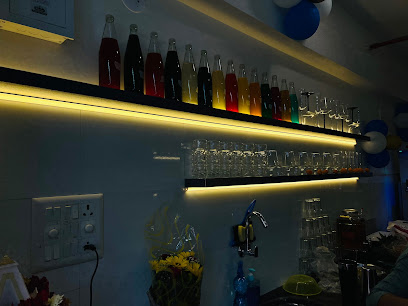
Goliwala Re-Living 90’s
Experience the vibrant nostalgia of the 90s at Goliwala Re-Living 90’s, a unique bar in Rajkot perfect for fun nights and memorable moments.
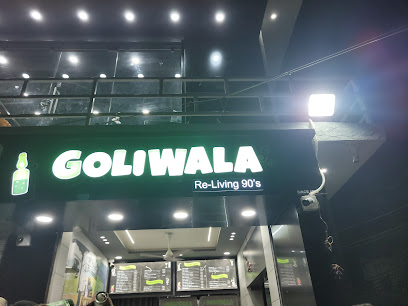
TWILIGHT MOCKTAIL BAR (ISC)
Experience a refreshing retreat at Twilight Mocktail Bar in Rajkot, offering a wide range of delicious mocktails in a serene atmosphere.

Shree gel ma pan &coldrinks
Experience the vibrant flavors of Rajkot at Shree Gel Ma Pan & Cold Drinks, serving refreshing beverages and traditional pan in a lively atmosphere.

Ram nagar 1
Experience the vibrant atmosphere and delightful beverages at Ram Nagar 1, a charming bar in the heart of Rajkot's Swati Park.
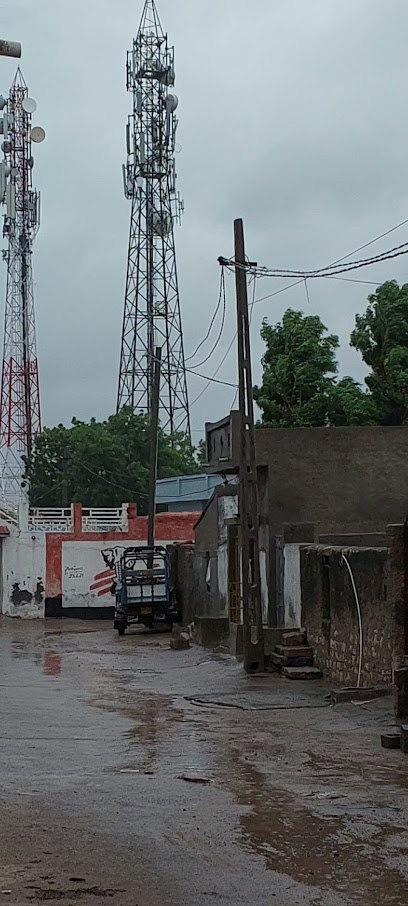
Dharmendra
Discover the vibrant nightlife of Kotharia at Dharmendra, a lively bar with a diverse drink selection and inviting atmosphere.

SOJIB
Discover the vibrant nightlife of Rajkot at SOJIB, an exclusive bar offering a diverse drink menu and an unforgettable atmosphere.
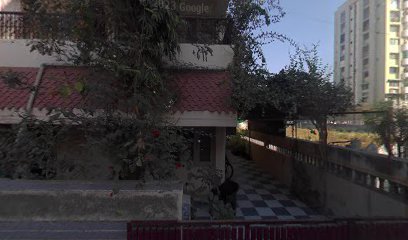
Officr
Experience the vibrant nightlife of Rajkot at Officr, where exceptional drinks and a lively atmosphere await you.
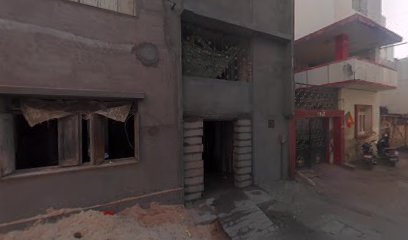
Mayur dholakiya
Experience Rajkot's nightlife at Mayur Dholakiya, a vibrant bar offering a delightful selection of drinks and a lively atmosphere.
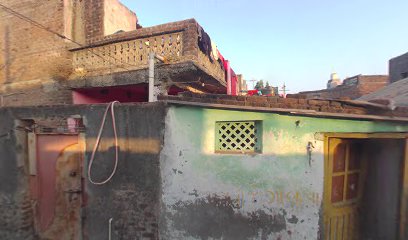
Chotu kumar
Discover the vibrant atmosphere of Chotu Kumar, a cozy bar in Rajkot offering a delightful selection of beverages in a welcoming setting.

Local Phrases
-
- Helloહેલ્લો
[hello] - Goodbyeઅલવિદા
[alvida] - Yesહા
[ha] - Noનહીં
[nahi] - Please/You're welcomeકૃપા કરીને
[krupa karine] - Thank youઆભાર
[abhar] - Excuse me/Sorryમાફ કરજો
[maaf karjo] - How are you?તમે કેમ છો?
[tame kem cho?] - Fine. And you?સારુ. અને તમે?
[saru. ane tame?] - Do you speak English?તમે અંગ્રેજી બોલો છો?
[tame angreji bolo cho?] - I don't understandહું સમજું નથી
[hu samju nathi]
- Helloહેલ્લો
-
- I'd like to see the menu, pleaseકૃપા કરીને મેનૂ જોવું
[krupa karine menu jovu] - I don't eat meatમેં માંસ નહીં ખાવું
[me mans nahi khavu] - Cheers!ચીયર્સ!
[cheers!] - I would like to pay, pleaseકૃપા કરીને પૈસા કરવો છે
[krupa karine paisa karvo che]
- I'd like to see the menu, pleaseકૃપા કરીને મેનૂ જોવું
-
- Help!મદદ!
[madad!] - Go away!ચલો!
[chalo!] - Call the Police!પોલીસ કોલ કરો!
[police kol karo!] - Call a doctor!ડૉક્ટર કોલ કરો!
[doctor kol karo!] - I'm lostહું હરી ગયો છું
[hu hari gayo chu] - I'm illહું બીમાર છું
[hu bimar chu]
- Help!મદદ!
-
- I'd like to buy...હું ખરીદી લેવા માંગુ છું
[hu khareedi levu mang chu] - I'm just lookingહું ફક્ત જોવું છું
[hu fakt jovu chu] - How much is it?એને કેટલું છે?
[ene ketlum che?] - That's too expensiveઆ ખૂબ મહંગુ છે
[a khub mahangu che] - Can you lower the price?ક્યારેક કિંમત ઓછી કરી શકો છો?
[kyarek kimat occhi kari shako cho?]
- I'd like to buy...હું ખરીદી લેવા માંગુ છું
-
- What time is it?હવે કેટલા વાગ્યું છે?
[have ketla vagyu che?] - It's one o'clockએક વાગ્યું છે
[ek vagyu che] - Half past (10)અઢી વાગ્યું (10)
[adhi vagyu (10)] - Morningસવાર
[savar] - Afternoonબપોર
[bapor] - Eveningસાંજ
[sanj] - Yesterdayગઈકાલ
[gaikal] - Todayઆજ
[aaj] - Tomorrowકાલ
[kal] - 1એક
[ek] - 2બે
[be] - 3ત્રણ
[tran] - 4ચાર
[char] - 5પાંચ
[panch] - 6છ
[chh] - 7સાત
[sat] - 8આઠ
[ath] - 9નવ
[nav] - 10દસ
[das]
- What time is it?હવે કેટલા વાગ્યું છે?
-
- Where's a/the...?એક/તે... ક્યાં છે?
[ek/te... kyan che?] - What's the address?સરનામું શું છે?
[sarnam shu che?] - Can you show me (on the map)?તમે મને દર્શાવી શકો છો (મેપ પર)?
[tame mane darshavi shako cho (map par)?] - When's the next (bus)?આગામી (બસ) ક્યારે છે?
[agami (bus) kyare che?] - A ticket (to ....)એક ટિકિટ (.... સુધી)
[ek ticket (... sudhi)]
- Where's a/the...?એક/તે... ક્યાં છે?
History of Rajkot
-
Rajkot was founded in 1620 by Thakur Saheb Vibhaji Ajoji Jadeja of the Jadeja clan. It was established as the capital of the princely state of Saurashtra. The city was strategically important due to its location and had a significant role in the region's politics and trade.
-
During the British colonial period, Rajkot became one of the main administrative regions in the Kathiawar Agency of the Bombay Presidency. The British influence led to the development of infrastructure such as railways, schools, and hospitals. The Rajkumar College, established in 1870, is one of the oldest and most prestigious educational institutions in India.
-
Rajkot is famously known as the place where Mahatma Gandhi spent a significant part of his early life. His father, Karamchand Gandhi, served as the Diwan (Chief Minister) of Rajkot. The Kaba Gandhi No Delo, Mahatma Gandhi's former home, is now a museum showcasing his life and work.
-
After India gained independence in 1947, Rajkot became a part of the newly formed state of Saurashtra, which later merged into Gujarat in 1960. The city saw rapid industrialization and urbanization, becoming a major center for the engineering and automobile industries.
-
Rajkot is a melting pot of culture, known for its traditional Kathiawari cuisine, folk music, and dance forms such as Garba and Raas. The city hosts various cultural festivals throughout the year, including Navratri, Diwali, and Janmashtami, which attract visitors from across the country.
-
Today, Rajkot is one of the fastest-growing cities in Gujarat. It is a vibrant urban center with a mix of modern amenities and historical landmarks. The city's economy is driven by small and medium enterprises, particularly in the textiles, jewelry, and handicrafts sectors.
Rajkot Essentials
-
Rajkot is well-connected by air, rail, and road. The Rajkot Airport (RAJ) has regular flights from major Indian cities such as Mumbai, Delhi, and Bangalore. The Rajkot Junction railway station links Rajkot to various parts of the country via an extensive rail network. For road travelers, Rajkot is accessible by state highways and national highways, with numerous bus services operated by the Gujarat State Road Transport Corporation (GSRTC) and private operators.
-
Getting around Rajkot is convenient with multiple transportation options. Auto-rickshaws and taxis are readily available for short distances and city tours. For budget travelers, city buses operated by Rajkot Municipal Corporation offer an extensive network covering key areas. Ride-sharing services like Ola and Uber are also operational in Rajkot. Renting a car or a scooter can be a good option for those who prefer a flexible schedule.
-
The official currency in Rajkot, as in the rest of India, is the Indian Rupee (INR). Credit and debit cards are widely accepted in hotels, restaurants, and major shops. However, it is advisable to carry some cash for smaller establishments and street vendors. ATMs are plentiful throughout the city, providing easy access to cash withdrawals.
-
Rajkot is generally considered a safe city for tourists. However, like any urban area, it is important to exercise caution. Avoid isolated areas at night and be mindful of your belongings in crowded places. Areas with higher crime rates targeting tourists are relatively few, but it is best to avoid poorly lit and deserted streets after dark. Always use registered taxis or ride-sharing services for safe travel.
-
In case of emergencies, dial 112 for immediate assistance. The city has several hospitals and clinics, such as Wockhardt Hospital and Sterling Hospital, offering quality medical care. It is advisable to have travel insurance that covers medical emergencies. For minor health issues, numerous pharmacies across Rajkot provide over-the-counter medications.
-
Fashion: Do dress modestly, especially when visiting religious sites. Avoid wearing revealing clothing. Religion: Do respect local customs and traditions. Remove your shoes before entering temples and other religious sites. Public Transport: Do be respectful to fellow passengers and give up your seat to elderly or disabled individuals. Don’t eat or drink on public transport. Greetings: Do greet people with a 'Namaste' by joining your palms together and bowing slightly. Eating & Drinking: Do try local delicacies and accept food offerings graciously. Don’t refuse hospitality, as it is considered impolite.
-
To experience Rajkot like a local, visit the Watson Museum and Rotary Dolls Museum for a dose of local culture and history. Enjoy the local cuisine at popular eateries such as Flavors of Kutch and Temptations. Stroll through Jubilee Garden and catch a traditional Garba dance performance if you visit during the Navratri festival. Engage with locals at local markets like Soni Bazaar and Dhebar Road for unique shopping experiences.
Trending Landmark in Rajkot
-
The Imperial Palace
-
Race Course, Rajkot
-
Pradhyuman Zoological Park, Rajkot
-
Fun World
-
BAPS Shri Swaminarayan Mandir, Rajkot
-
Race Course Garden
-
Mahatma Gandhi Museum
-
Jubilee Garden
-
Ishwariya Park
-
Nehru Udhyan, Rajkot
-
Rotary International Dolls Museum
-
Shree Panchnatha Mahadeva Mandir
-
Watson Museum
-
Green Leaf Water World
-
Shree Swaminarayan Maha Mandir
Nearby Cities to Rajkot
-
Things To Do in Ahmedabad
-
Things To Do in Vadodara
-
Things To Do in Udaipur
-
Things To Do in Nashik
-
Things To Do in Mumbai
-
Things To Do in Hyderabad
-
Things To Do in Karachi
-
Things To Do in Jodhpur
-
Things To Do in Jaisalmer
-
Things To Do in Pune
-
Things To Do in Aurangabad
-
Things To Do in Pushkar
-
Things To Do in Bhopal
-
Things To Do in Ranthambore
-
Things To Do in Jaipur



